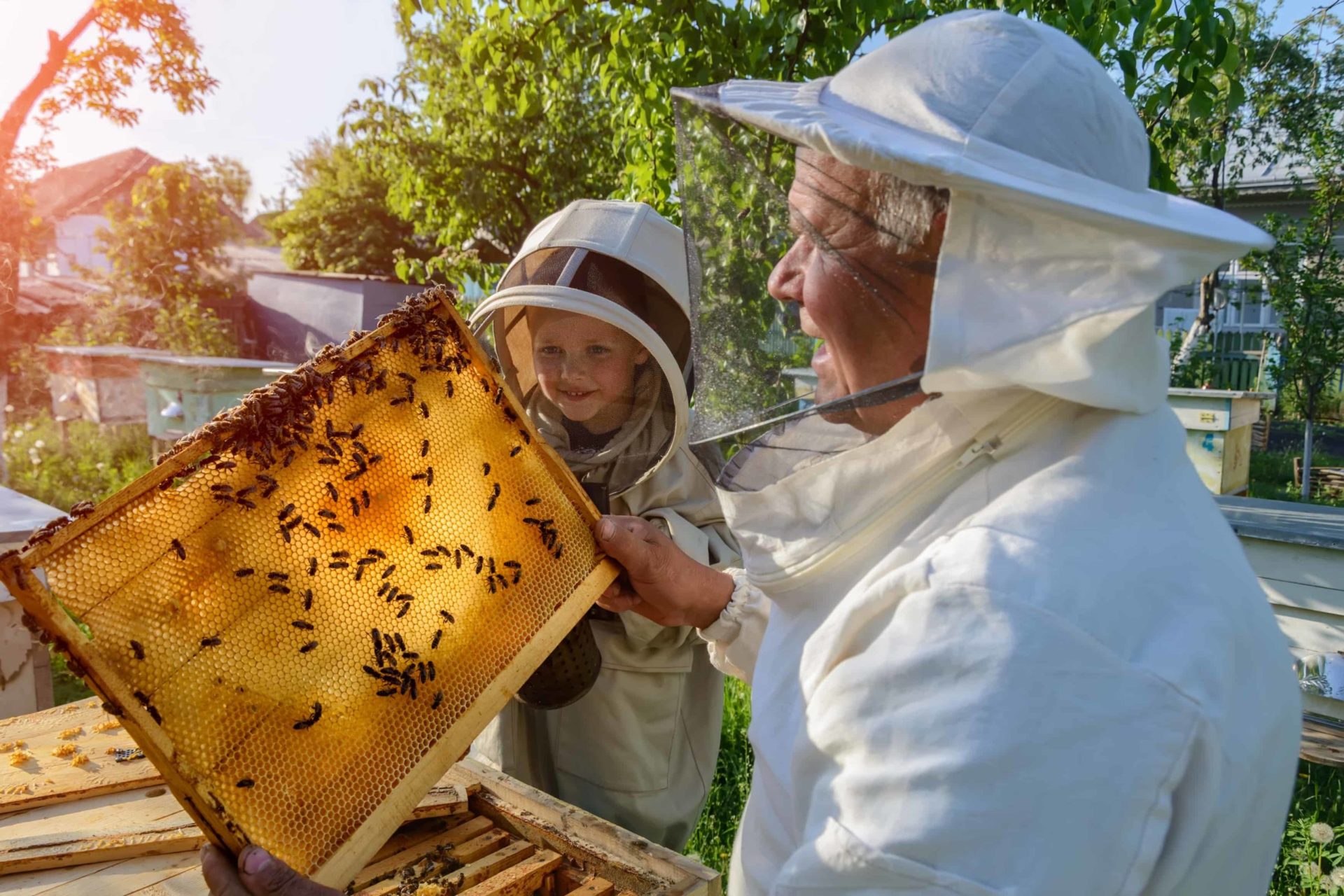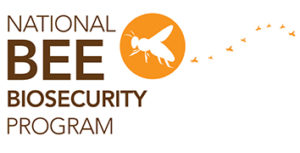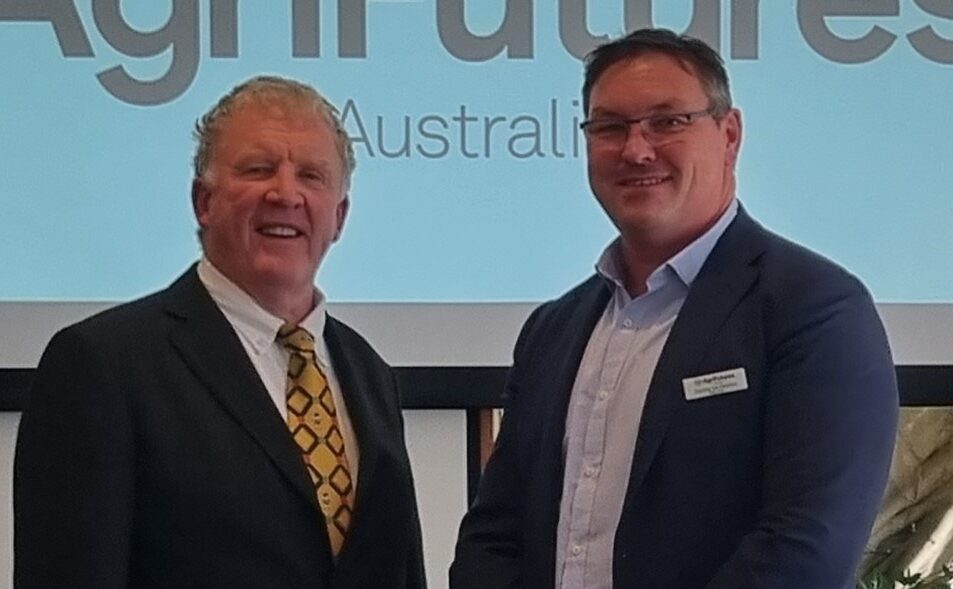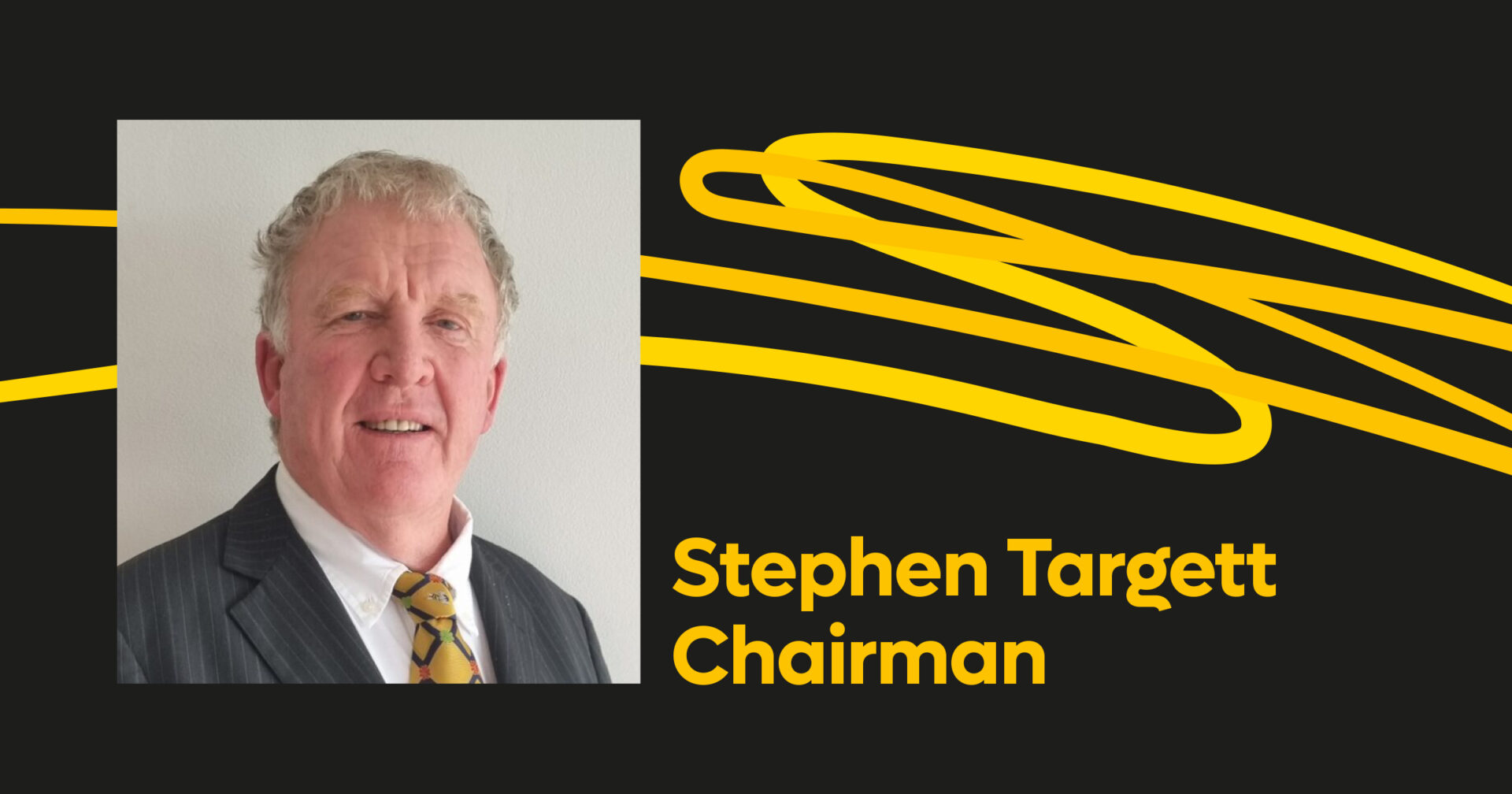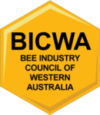CEO Report
September was another busy month dominated by the Varroa response. I continue to spend a lot of time in Orange, NSW liaising with the control centre.
New Executive Member
The member bodies elected a new executive member to fill the casual vacancy left by the appointment of the CEO. I warmly welcome Lindsay Callaway to the team and look forward to the input and insight Lindsay will bring to AHBIC. The election, similarly to the AGM, had more nominations than positions. This is great to see and hopefully the candidates that missed out will re-nominate at the next AGM.
Varroa Response
The response is on track to complete the removal of all managed hives from the red zones by the end of October paving the way for the feral bee baiting program to ramp up across the red zones. The baiting program has been attracting good number of bees to the feeding stations with good uptake and declining returning numbers, indicating colony mortality.
Surveillance in the purple zones and across the blue zones by both the DPI and beekeepers continues to show no new detections strengthen the confidence of containment.
I have been meeting with the jurisdictions to encourage harmonisation with mixed results. I will continue to lobby for consistent cross-jurisdictional rules to make doing business easier for beekeepers in the states the restrictions due to the Varroa incursion.
Braula Fly
The detection of Braula Fly in Victoria created a lot of issues and additional border restrictions. Negotiations led by AHBIC has resulted in the jurisdictions agreeing to removing Braula as a regulated pest but maintain it as a notifiable. This means that the border restrictions will be lifted for Braula, but border restrictions for Varroa still remain in place.
AgVic have notified AHBIC that the genetic sequencing of the Victorian Braula Flies match the genomics of the Tasmanian Braula. This indicates that the detection is not a new incursion but a geographical spread of the known infested area. AgVic have exhausted all tracing and have not determined the likely entry point or timeframe. No further action will be taken.
Levies
AHBIC has been meeting with PHA and the levies sub-committee to assess the current levy structure and its sustainability. It is likely that an increase to industry levies will occur to fund our share of the Varroa response.
The honeybee industry share of the costs is likely to be several millions of dollars. AHBIC has requested the cost to be underwritten by the federal government with a payback period of 10 years. The current levies collect are enough to sustain the existing programs but an increase will likely need to happen to ensure we can pay our share within the 10 year period.
Senate Inquiry
Both Stephen and I attended the senate enquiry into Biosecurity preparedness in Canberra in early September at Parliament. The senate enquiry has called many parties to provide evidence with AHBIC being the first to do so. The key messages in the AHBIC submission broadly included equitable biosecurity funding arrangements, improved preparedness and jurisdictional harmonisation. The Senators focused a lot of questions around the current response and industries involvement.
A number of other honey bee industry bodies and pollination dependent parties have also given evidence before the enquiry. We look forward to the recommendation from the enquiry being adopted by government and hope it doesn’t become shelved like the many enquiries before it.
National Agriculture Market Intelligence Roundtable (NAMI)
I attended the second NAMI event in Brisbane late September. The event was a great opportunity to connect with the departmental staffers involved in international trade and various trade ambassadors. The focus of the round table was to provide a global market update and a deep dive into the potential of Vietnam as a trade partner, the last NAMI explored Indonesia.
The various speakers presented a gloomy picture of the global market conditions. They described the high likelihood for a global recession on the horizon coupled with a global movement to protectionism tendencies. They described the potential for war as real and that many countries are assessing their sovereign capabilities.
Vietnam was presented as an emerging market for Australia with a growing middle class and forecasted to be 2nd largest economies in the next few decades. The potential for Vietnam for honey exports was discussed. There is a growing demand for Australian products, including honey, with some exports beginning to see larger volumes of honey traded in Vietnam. The Australian Ag councillor to Vietnam talked about the impact the US countervailing action caused to trade relation and Australia is likely to benefit from the fallout.
Almond Conference
I presented to the Almond conference in Adelaide and talked about the current Varroa response but also highlighted AHBIC’s role both in industry and in the response. There was good attendance with nearly 500 delegates in attendance. Questions from the floor and post presentation were focused on the border closure and how long they will be in place.
Varroa Coordinator
As mentioned in the Chair report we have been successful in receiving grant money employee a Varroa Coordinator. This role will be focused on Varroa and communications across AHBIC with all our stakeholders. This should raise AHBIC profile and build momentum with the aim of making the additional role sustainable.
The advertisement for this role will be published soon so keep an eye out for it. The role will build capacity in AHBIC and allow more time for AHBIC to address the issues AHBIC has been tasked to address.


